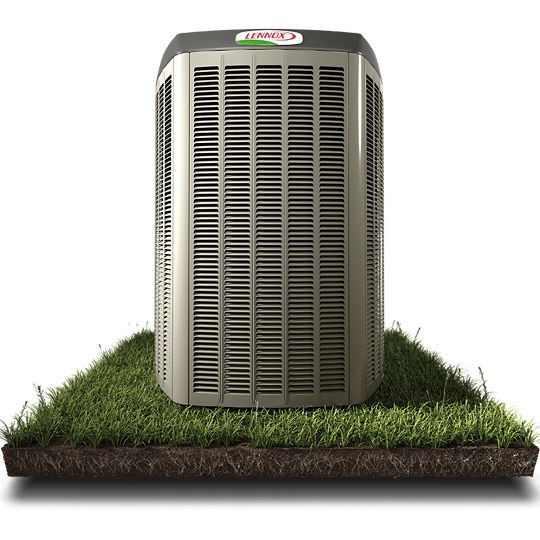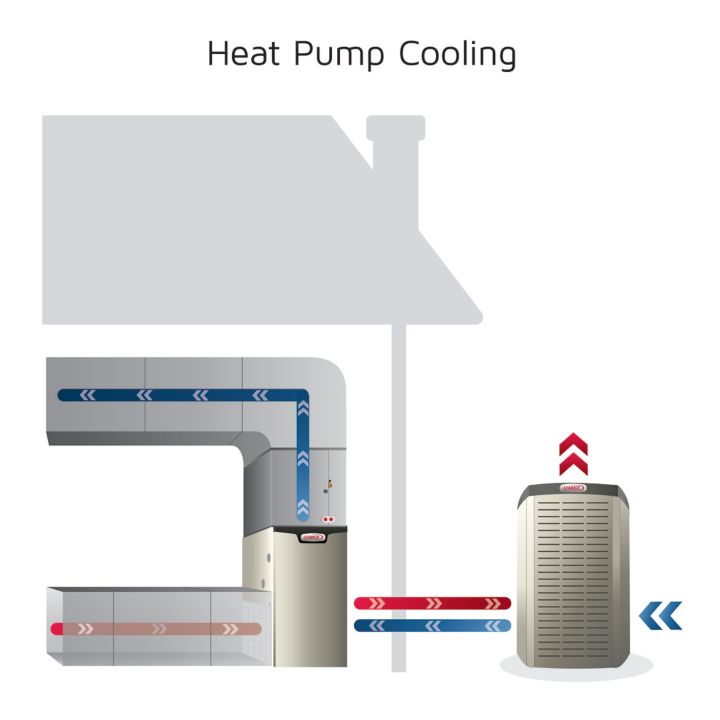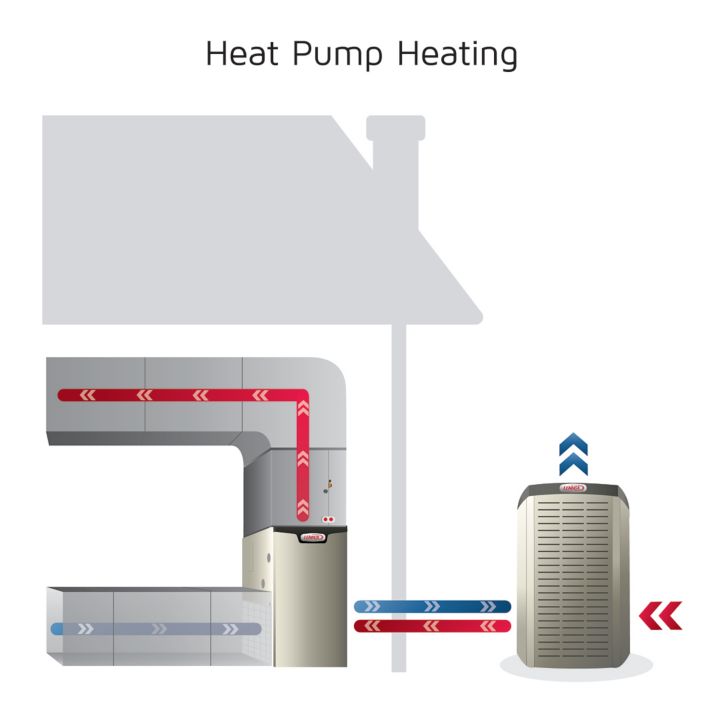Homeowner demand for heat pumps has reached an all-time high and is expected to continue growing as technology evolves to bring year-round effective temperature control to even the coldest climates in North America. In fact, the heat pump market was an estimated $82 billion in 2022 and projected to reach $167 billion by 2030.i

HVAC dealers may already be witnessing this surge in homeowner interest firsthand as eco-conscious consumers are becoming increasingly interested in heating and cooling alternatives that reduce their carbon footprint. While heat pumps have been around since the 1950s, the technology has advanced over time to become a viable option for virtually all regions of the country.
Over time, energy efficiency has become a growing area of importance for homeowners – making efficient products, such as heat pumps and dual-fuel systems, an ideal solution. In 2022, homeowners were willing to spend about 60% more to increase their energy efficiency by 25%.ii This shift is ultimately driven by a desire to decrease heating and cooling bills.
Last year, 67% of homeowners reported that they conducted research prior to making a HVAC purchaseiii, ultimately helping them determine who to work with and what product features to prioritize. Consumers have become more knowledgeable about various government incentives, such as the 25C tax credit in the U.S. and the Canada Greener Homes Initiative. As these incentives amplify the visibility of heat pumps, dealers have an opportunity to leverage this interest and use online resources to ultimately drive sales.
The following information can help dealers educate homeowners about heat pumps, the benefits of this technology, which specific systems or configurations would best suit their needs and what state incentives might be available to further support them in investing in a heat pump.
Heat Pump 101 for Homeowners
While most dealers know how a heat pump or dual-fuel system works, it may be harder to explain this technology to a homeowner. Below are talking points that dealers can utilize to easily convey how the system operates:

- A heat pump works similarly to an air conditioner but a key difference is that while an air conditioner primarily runs during the warmer seasons and only comes with cooling capabilities, a heat pump can run year-round to provide both heating and cooling comfort.
- Every heat pump system needs an indoor component to move the air through the home. In more temperate climates an air handler is typically used. In colder climates, a gas furnace can be paired with the heat pump to create a dual-fuel system.
- During warmer months, a heat pump extracts heat from inside the home and transfers it outside to cool the home. In cooler months, the process is reversed, and the heat pump transfers heat from outside into the home.

- Switching from heating to cooling is made possible by a reversing valve that switches the flow of refrigerant back and forth based on the desired function.
- Of course, there are times when there’s just not enough heat to pull in from the outside. In those instances, supplemental electric heat strips within the air handler kick in to warm the air to a comfortable temperature.
- Another alternative for extreme cold climates is a dual-fuel heat pump, which deploys heat from a gas furnace when it gets too cold. During warmer months, the dual-fuel system still incorporates the furnace, but without using any burners, just its air distribution features to circulate cool air throughout the home.
Download the full Heat Pump PDF below.
i https://www.grandviewresearch.com/industry-analysis/heat-pump-market
ii American Home Comfort Study commissioned by Decision Analyst
iii American Home Comfort Study commissioned by Decision Analyst
